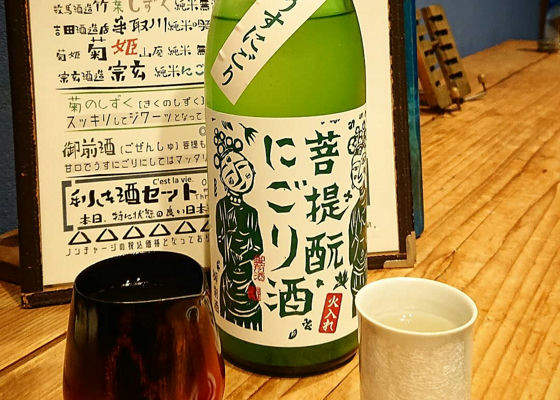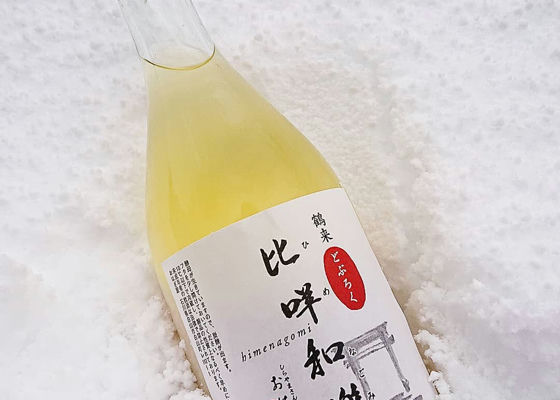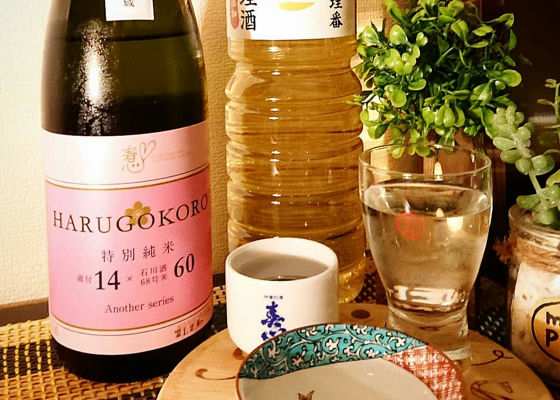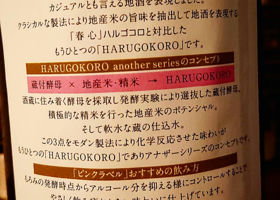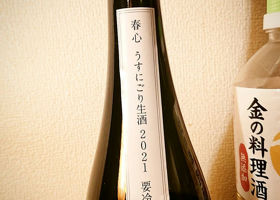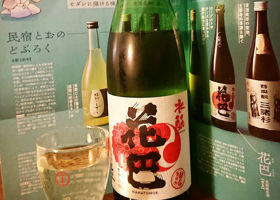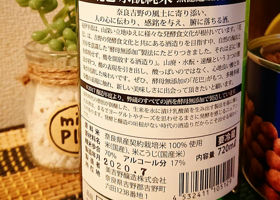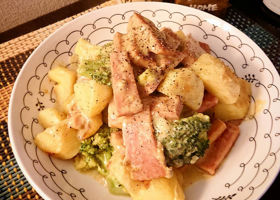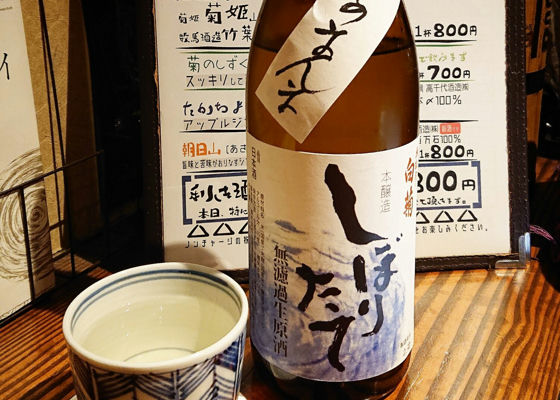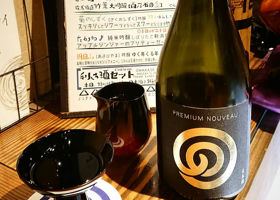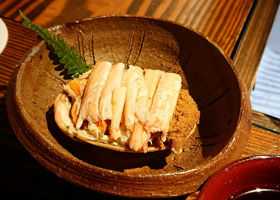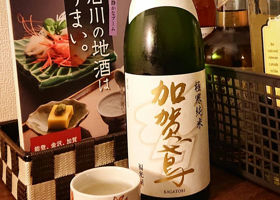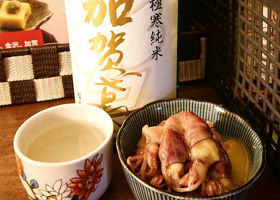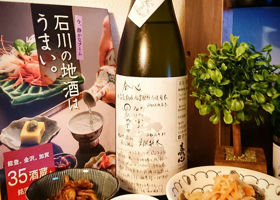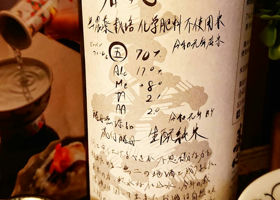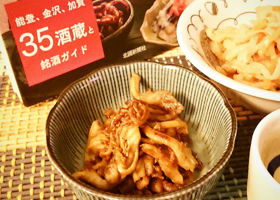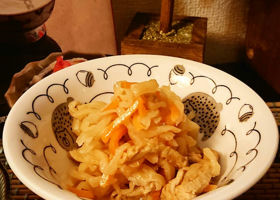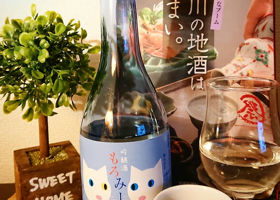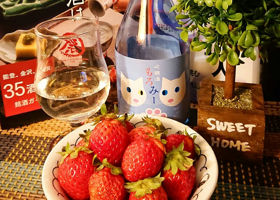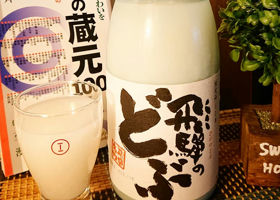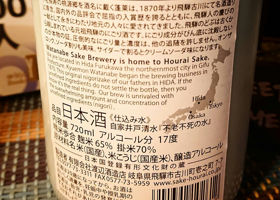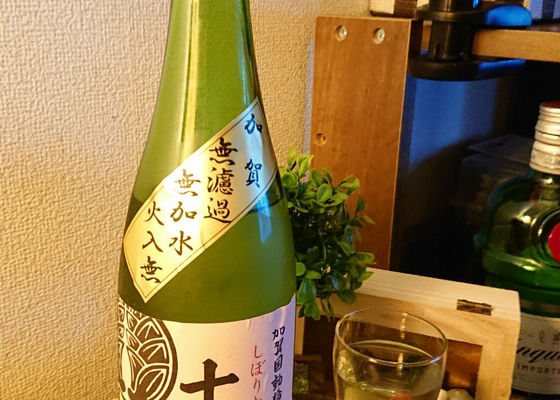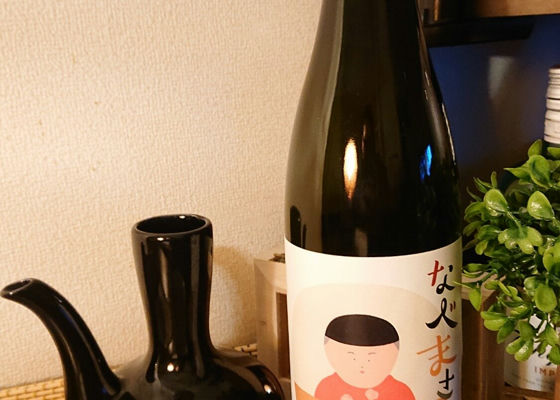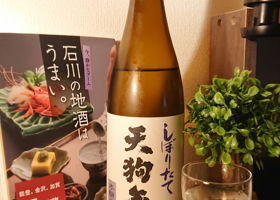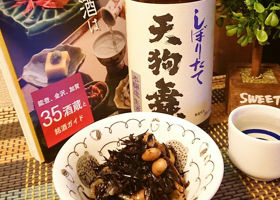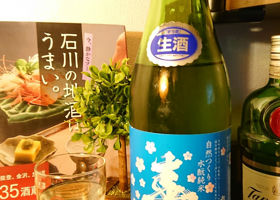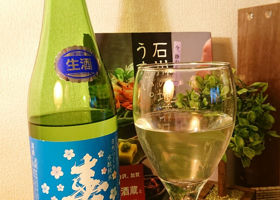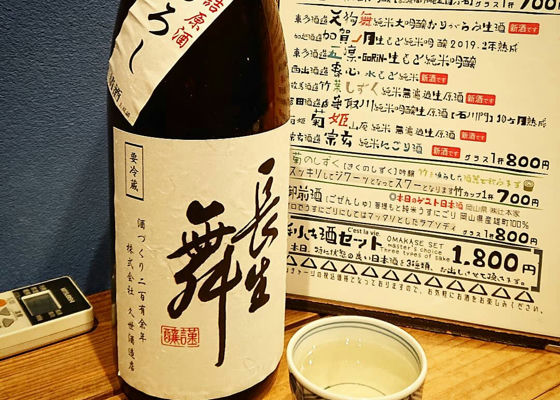
根本祐二
Chosei-Mai Dai-Karakuchi Honjozo Nama-Zume Genshu
~Aged for 5 months
Rice polishing ratio→65
Rice for sake brewing → Chosomai (our own rice)
Alcohol content→20.8
Yeast -> ?
Sake degree +10
In terms of sake degree
It is described as a big dry taste.
"Honjozo" and "Nama-zume Genshu".
The brewing alcohol gives it a dry taste.
The alcohol content is 20.8 degrees.
The alcohol content of the sake is 20.8 degrees.
It is a sake that can be felt by sake drinkers.
...And because it is "Hiyaoroshi"...
The high alcohol feeling is mellowed
Because of that, it is easy to drink (^_^;)
From growing the rice to brewing
We do everything ourselves, from growing the rice to brewing it, domaine style.
We use our own original rice, "Chosei Mai".
They use both hard water (well water) and soft water (fresh water).
They are very particular about using both hard water (well water) and soft water (fresh water).
From the scene of making rice
It might be interesting to drink it while imagining the scene of brewing
while imagining the scene of brewing (///ω///)
Japanese>English
